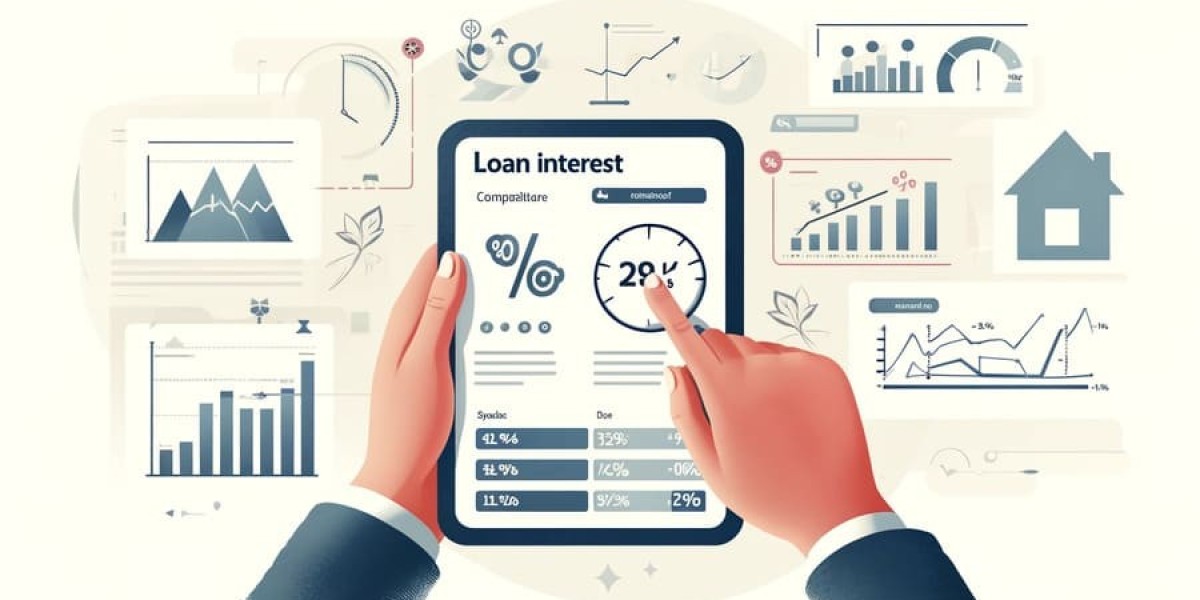In the pursuit of sustainable development and environmental conservation, green buildings have emerged as a pivotal concept in modern architecture. These structures are designed to minimize their environmental impact through energy-efficient designs, renewable energy integration, and the use of eco-friendly materials. Among the various renewable energy technologies, solar photovoltaic (PV) panels stand out as a highly effective means of harnessing solar energy to power and heat buildings.

Understanding Solar Photovoltaic Technology
Solar photovoltaic panels convert sunlight into electricity through the photovoltaic effect. When sunlight strikes the semiconductor material in the panels, it excites electrons, generating an electric current. This clean energy source can be harnessed for various applications, making it an ideal fit for green buildings aiming to reduce their carbon footprint.
Benefits of Solar PV Panels in Green Buildings
1. Renewable Energy Source
Solar energy is abundant and renewable, making it a sustainable choice for powering buildings. By integrating solar PV panels, green buildings can significantly reduce their reliance on fossil fuels, contributing to a decrease in greenhouse gas emissions.
2. Energy Efficiency and Cost Savings
The installation of solar PV panels can lead to substantial energy savings. By generating their own electricity, buildings can lower their utility bills and protect themselves from fluctuating energy prices. Over time, the initial investment in solar technology can be recouped through these savings.
3. Enhanced Property Value
Properties equipped with solar PV systems often see an increase in market value. Homebuyers and tenants are increasingly seeking energy-efficient features, and solar panels can be a significant selling point. This trend is particularly evident in green buildings, which prioritize sustainability.
4. Energy Independence
Solar PV panels provide buildings with a degree of energy independence. By generating their own electricity, buildings are less vulnerable to power outages and energy supply disruptions. This resilience is particularly important in regions prone to extreme weather events.
Challenges of Implementing Solar PV in Green Buildings
1. High Initial Costs
One of the primary barriers to the widespread adoption of solar PV technology is the high upfront cost of installation. Although prices have decreased in recent years, the initial investment can still be a significant hurdle for many builders and homeowners.
2. Space Limitations
The effectiveness of solar PV panels is highly dependent on available roof space and orientation. In urban areas, where buildings may be closely spaced, finding adequate space for solar installations can be challenging. Additionally, shading from nearby structures can reduce the efficiency of solar panels.
3. Regulatory and Permitting Issues
Navigating the regulatory landscape can be complex for those looking to install solar PV systems. Different regions have varying regulations, permitting processes, and incentives, which can complicate the installation process and deter potential adopters.
Future Prospects of Solar PV in Green Buildings
1. Technological Advancements
Ongoing advancements in solar technology are expected to enhance the efficiency and affordability of solar PV panels. Innovations such as building-integrated photovoltaics (BIPV) allow for the seamless integration of solar panels into building materials, such as windows and facades, further promoting their adoption in green buildings.
2. Government Incentives and Support
Many governments are recognizing the importance of renewable energy and are implementing policies to encourage the adoption of solar technology. Incentives such as tax credits, rebates, and grants can help offset the initial costs of solar PV installations, making them more accessible to builders and homeowners.
3. Increasing Public Awareness
As public awareness of climate change and sustainability grows, the demand for green buildings equipped with renewable energy sources is likely to increase. This trend will drive more builders to incorporate solar PV technology into their designs, further solidifying its role in the future of sustainable construction.
The application of solar photovoltaic panels in green buildings represents a significant step towards a more sustainable future. While challenges such as high initial costs and regulatory hurdles remain, the benefits of renewable energy, energy efficiency, and increased property value make solar PV an attractive option for builders and homeowners alike. As technology advances and public awareness grows, the integration of solar PV in green buildings is poised to become a standard practice in the construction industry. Embracing this technology not only contributes to environmental sustainability but also enhances the resilience and value of our built environment.
https://www.yuantairunde.com/application-of-solar-photovoltaic-panels-in-green-buildings.html







